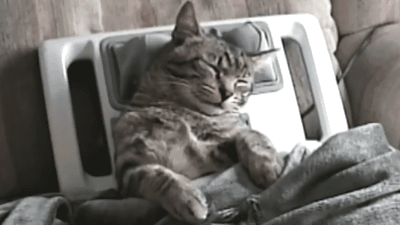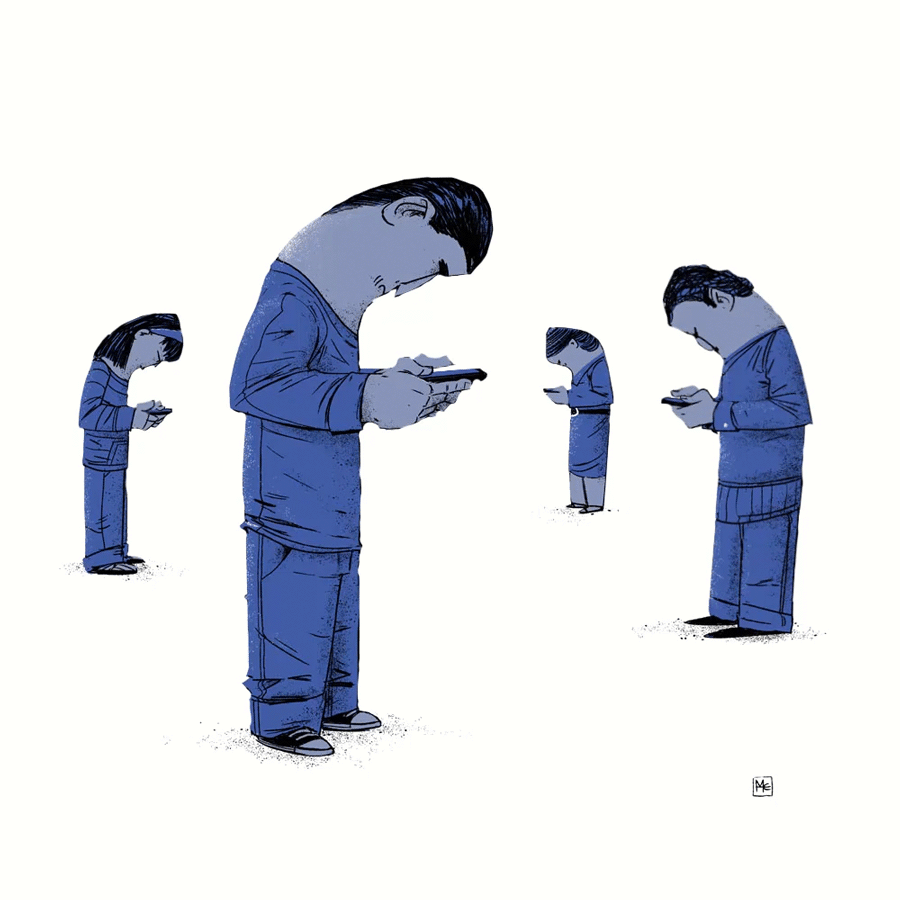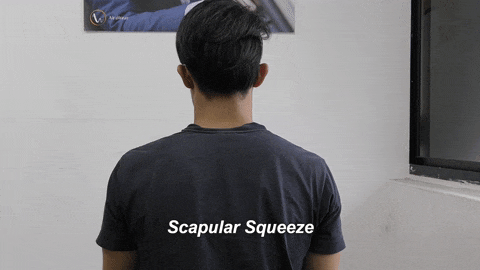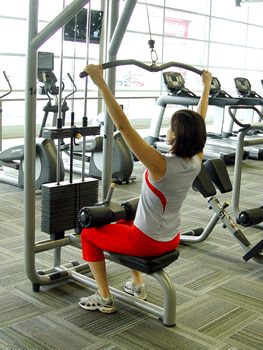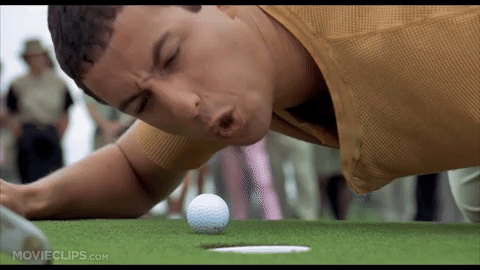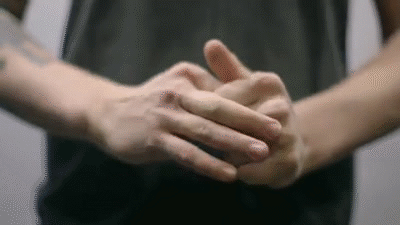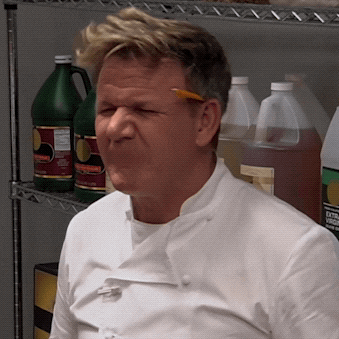Better Know Your Clavicle
The clavicle is the medical term for your collarbone. On one end, the collarbone attaches to the top of your sternum (the “breastbone”). The other end attaches to a bone of the shoulder blade. The clavicle provides considerable support for the shoulder. In fact, the clavicle is the only direct bony attachment that your shoulder has to the rest of your skeleton. The clavicle attaches to the sternum and shoulder blade by ligaments (strong fibrous bands of tissue). It has very few muscles to help contribute to the support.
Injuries
Clavicle injuries usually happen because of a trauma such as a car accident. They can also happen when you fall on your shoulder or outstretched arm. The result is either a broken clavicle or a ligament tear.
When a clavicle gets inured, you will feel pain at your shoulder blade attachments or at your sternum. Your shoulder may also have what is known as a “drop off.” This means your shoulder is lower than the other shoulder and has a noticeable step off rather than a rounded appearance. The pain may increase as your shoulder is lifted, especially when lifting over your head.
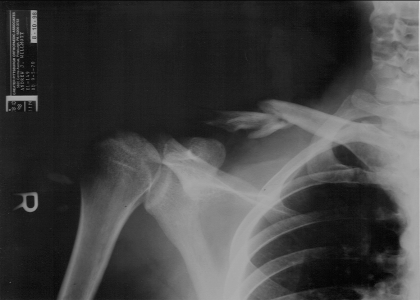 This clavicle here is broken very badly. Ouch!
This clavicle here is broken very badly. Ouch!
Treatment
In either case, the first treatment is to brace and support the shoulder for a period of time to allow the fracture or the ligament injury to heal. In severe or complete fractures, a doctor will need to set your fracture. The amount of time of immobilization depends on your physician’s opinion and the degree of the injury. In severe injuries, you may need surgery.
After a period of immobilization, you’ll need a more active rehabilitation program. Avoid lifting objects with your injured-side arm. Also, you will need to avoid carrying items such as purses or backpacks. At first, modalities such as ice, ultrasound or anti-inflammatory procedures may be used to help decrease the pain and reduce inflammation. Gentle range-of-motion exercises are helpful, usually in the lower ranges, avoiding overhead activity. As your range improves and your pain is reduced, the exercise program transitions to a strength program with range-of-motion overhead exercises.
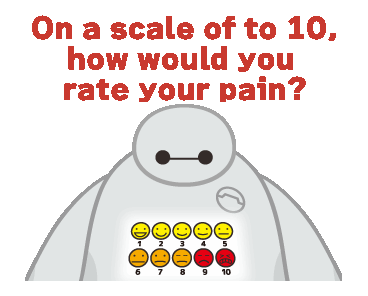 Decreasing your pain level is key.
Decreasing your pain level is key.
Patience Is a Virtue
Clavicle injuries may be difficult and painful to rehabilitate, depending on the severity of the injury and ligaments injured. Ligaments can be slow to heal, so rehabilitation may be slow and relatively long. It is important to have patience and not become frustrated during this time. In most cases the outcome is good. Consult your doctor or health professional for the details of your injury.
Written by Travis Rohner PT
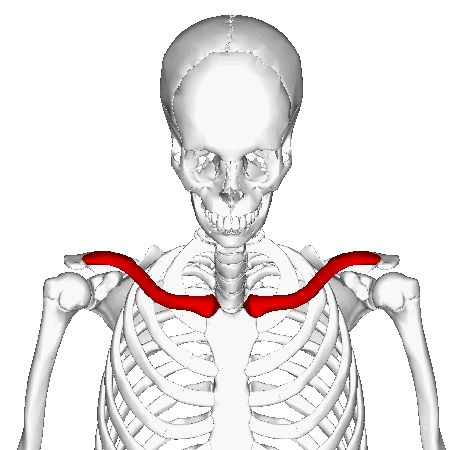
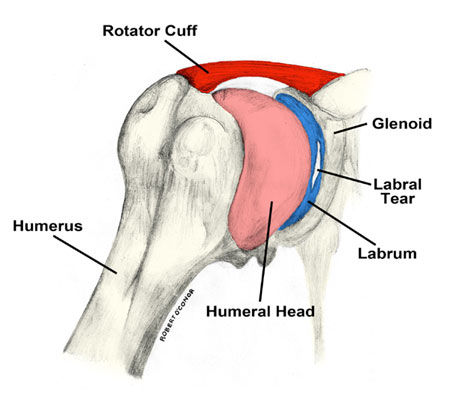
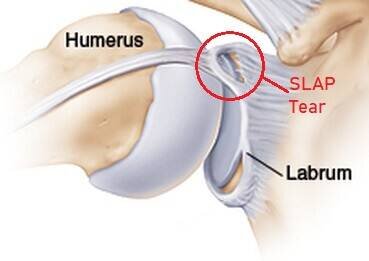
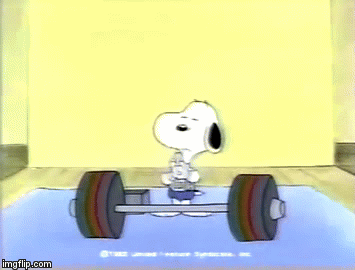
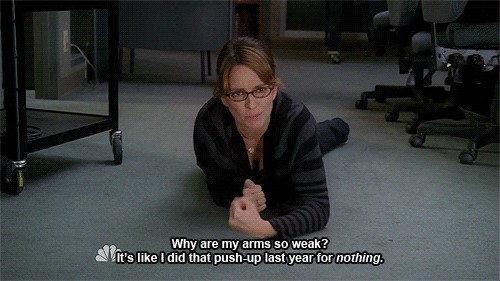 (
(